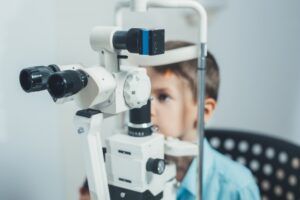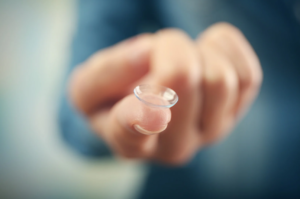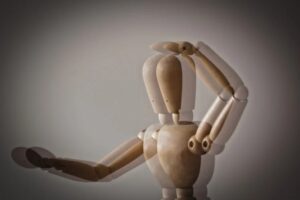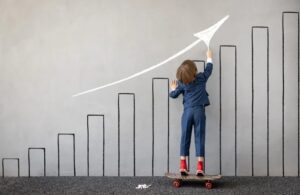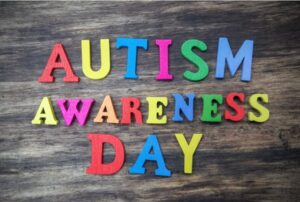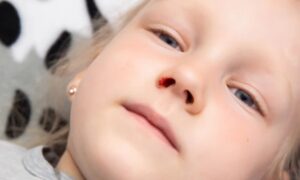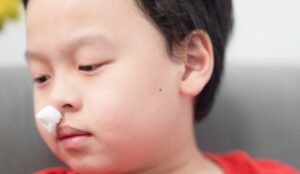In recent years, the issue of myopia in children has become increasingly serious, and many parents are concerned: can children's myopia be reversed? Various so-called treatments for myopia, such as "vision recovery training," "special glasses correction," and "dietary improvement," circulate on the market. But which methods are truly effective, and which are just hype? This article will explore the reversibility of childhood myopia based on scientific research and discuss how to scientifically prevent and control myopia.
The Formation and Development of Myopia
Myopia primarily occurs when the eyeball is too long or the cornea and lens have excessive refractive power, causing light to fail to focus accurately on the retina, resulting in blurry images of distant objects. The formation of childhood myopia is usually related to genetic, environmental, and visual habits.
Types of Myopia
Myopia can be classified into two types: pseudomyopia and true myopia.
- Pseudomyopia (Accommodative Myopia): This type of myopia is mainly caused by prolonged tension or spasms in the ciliary muscles, leading to vision decline. It is usually reversible through rest and proper eye care.
- True Myopia (Axial Myopia): In this case, the eyeball has already elongated, and it cannot be reversed by relaxing the ciliary muscles. Corrective measures such as glasses are needed to improve vision.
Can Children's Myopia Be Reversed?
- Pseudomyopia Can Be Reversed: For pseudomyopia, if eye habits are adjusted in time, outdoor activities are increased, and prolonged near work is reduced, along with vision recovery training recommended by a doctor, it is possible to restore vision to normal.
- True Myopia Cannot Be Reversed: Once true myopia develops and the eyeball has elongated, there is currently no method to shorten the eye axis naturally. Therefore, true myopia cannot be reversed, and the only option is to intervene in ways that slow down its progression.
Common "Myopia Recovery" Methods
There are many methods for treating myopia on the market, but some lack scientific evidence and may even adversely affect eye health. Below are scientific explanations for some common myopia correction methods.
- Vision Training Devices: Vision training devices are popular, claiming to improve myopia through massages, optical stimulation, or acupuncture points. However, there is no conclusive evidence that these methods can reverse true myopia. Some training devices may be helpful for pseudomyopia, but the effect is limited.
- Special Glasses: Glasses like orthokeratology (OK) lenses and peripheral defocus lenses aim to slow myopia progression by altering corneal shape or controlling the focal length of the retina's periphery. Studies show that in some children, wearing these glasses can slow the progression of myopia.
- Dietary Therapy and Eye Care Products: While foods like carrots, blueberries, and lutein are beneficial for eye health, they cannot reverse true myopia. A healthy diet can help supply nutrients to the eyes but cannot replace scientific myopia prevention methods.
Scientific Myopia Prevention Measures
Although true myopia cannot be reversed, scientific prevention and control measures can effectively reduce the risk of myopia and slow its progression.
- Increase Outdoor Activities: Studies have shown that at least 2 hours of outdoor activity per day can significantly reduce the risk of developing myopia in children. Natural sunlight helps regulate eye development and reduces excessive eye axis elongation.
- Develop Good Eye Habits: Maintain a proper reading and writing posture, with the eyes about 33-40 cm from the book. Avoid continuous near work for more than 30-40 minutes and take appropriate breaks. Limit the use of electronic devices to reduce blue light exposure.
- Proper Eyeglass Prescription: Some parents worry that wearing glasses may worsen myopia, but not wearing glasses may cause excessive eye strain, accelerating myopia. Wearing the right prescription glasses can reduce eye fatigue and slow myopia progression.
- Regular Vision Check-ups: Children should have their vision checked at least 1-2 times a year to detect any issues early and take steps to control myopia development.
Key Takaways
Whether children's myopia can be reversed depends on the type of myopia. Pseudomyopia can be improved with adjustments in eye habits, outdoor activities, and vision recovery training in the early stages. However, once true myopia develops, there is currently no scientific method to fully reverse it. Scientific prevention and control measures are key. Parents should adopt reasonable preventive measures to help protect their children's eyesight and prevent rapid myopia progression.




